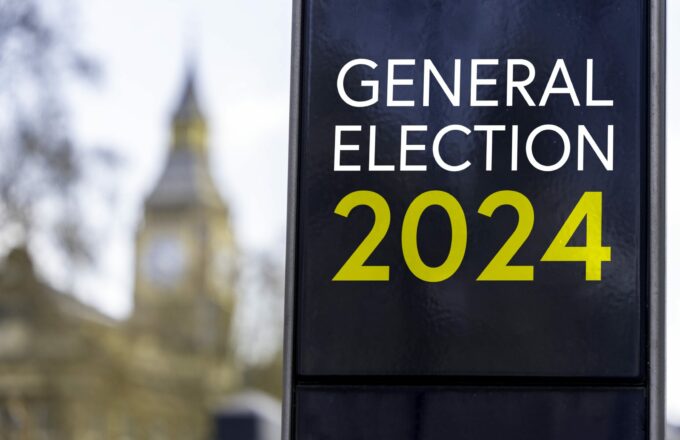China uses AI to swiftly and successfully address grid outages

Power grid failure has a direct effect on all aspects of a nation’s economy and security. Artificial Intelligence (AI) is showing that it has a phenomenal ability to be a positive influence. For example, China’s state-owned power grid firm has implemented an AI solution that reduces from 6-10 hours to just three seconds the time needed to fix a community-sized blackout.
Testing, which lasted for nearly a month, was conducted in Urumqi in the Xinjiang region at Qitailu. This is a residential community of more than 200 families.
Each sensor within the power grid was provided a ‘brain’ of its own. Each brain could perform the cognitive task of deciding how to route power without human intervention.
The grid became effectively self-healing. It would automatically locate and fix faults, and restore power. All of this took less than five seconds, compared to the eight hours taken by humans. China, which produces a third of the world’s electricity, now plans to install this solution nationally.
The country has been using AI in its grids for years. The difference now is capability and scope. Limited use in industrial applications is now being extended into residential communities where the numbers of end-users are massive.
Traditional grid systems generate huge numbers of error codes during blackouts. Human operatives need to devise solutions based on the limited information available. AI makes use of natural language processing to comprehend the codes, understand the problems and devise solutions. Machine learning, in the form of information from previous outages, is used — therefore, the more power cuts, the more experienced and capable the AI solution becomes.
AI can also protect power grids from cyber attack. The solution relies on strong communication networks and intelligent devices that can provide important data quickly. AI’s cognitive ability and data interpretation allow it to address an attack before the risk escalates.
Learn more

- Article
- Industry News
Carbon Brief site spells out 65 challenges facing Labour

- Article
- Industry News
National Grid ESO looks to simulation for future direction

- Article
- Industry News
Grid problems caused by renewables boom in North Macedonia

- Article
- Industry News